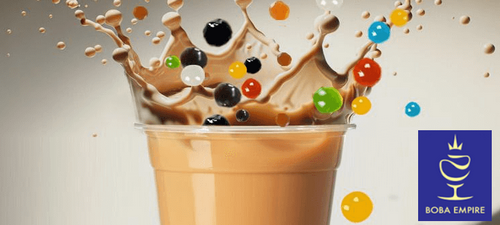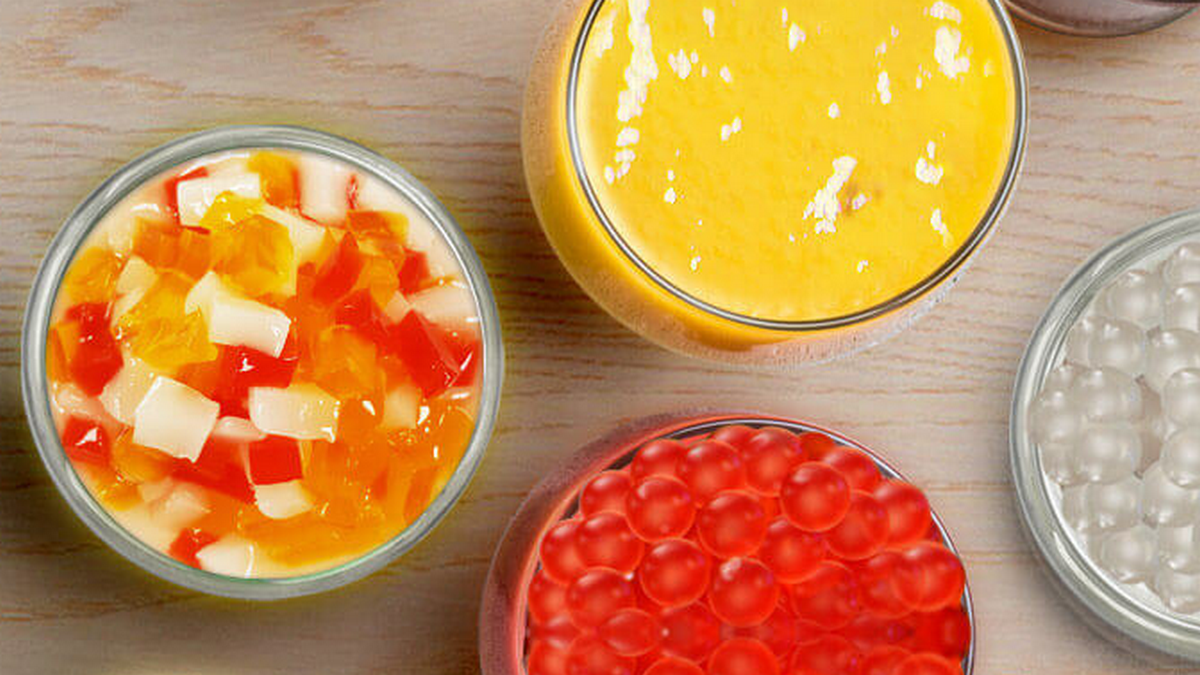Popping boba, also known as bursting boba or popping pearls, is a fascinating and popular addition to the world of beverages and desserts. These small, colorful spheres are known for their unique texture and the burst of flavor they provide when consumed. This article delves into the intricacies of popping boba, exploring its composition, production process, popularity, and culinary applications. By examining various sources, this report aims to provide a comprehensive understanding of popping boba, highlighting its significance in contemporary food culture.
Composition and Characteristics
Popping boba, also known as bursting boba or popping pearls, is a type of boba pearlthat is distinct from traditional tapioca pearls. Unlike the chewy texture of tapioca pearls, popping boba offers a burst of fruity juice with every bite. The core of popping boba is filled with real fruit juice, which gives it its signature burst of flavor. The exterior is a thin, gel-like membrane made from seaweed extract and calcium lactate, which encapsulates the liquid inside.
The thin shell of popping boba is designed to burst easily under slight pressure, providing a unique sensory experience. This characteristic makes popping boba an appealing choice for those seeking a playful and flavorful addition to their drinks and desserts.
Production Process
The creation of popping boba involves a process known as spherification, specifically reverse spherification. This technique involves the interaction between sodium alginate and calcium lactate. In reverse spherification, a calcium-rich liquid is introduced into a sodium alginate bath, forming a gel-like outer shell around the liquid core. This process allows for the encapsulation of flavored juices, resulting in the iconic burst of taste when consumed.
The spherification process is a delicate balance of chemistry and precision. The sodium alginate solution is typically dripped into a calcium chloride solution, where ion exchange gelation occurs. This reaction forms the thin membrane that holds the liquid inside, creating the popping boba's unique structure.

Referral Link
Popularity and Cultural Impact
Popping boba has gained immense popularity in recent years, becoming a global sensation. Its appeal lies in its versatility and the fun, interactive experience it offers. Popping boba is commonly used in bubble tea, a beverage that originated in Taiwan in the 1980s and has since become a worldwide phenomenon. The addition of popping boba to bubble tea enhances the drink's appeal, providing a burst of flavor that complements the tea's base.
Beyond bubble tea, popping boba has found its way into various culinary applications, including ice cream, yogurt, shaved ice, and cocktails. Its playful nature and wide range of flavors, such as mango, strawberry, lychee, and pomegranate, make it a popular choice for consumers of all ages.
Health Considerations
While popping boba is often considered a fun and flavorful treat, it is essential to consider its nutritional aspects. The primary components of popping boba include sugar, water, and fruit juice, which contribute to its sweet taste. However, the thin gel-like exterior made from seaweed extract and calcium lactate adds minimal nutritional value.
For those seeking healthier alternatives, it is crucial to be mindful of the sugar content in popping boba. Some brands offer reduced-sugar options or use natural sweeteners to cater to health-conscious consumers. Additionally, the use of real fruit juice in popping boba can provide some nutritional benefits, depending on the fruit used.
Culinary Applications and Innovations
Popping boba's versatility extends beyond traditional bubble tea. Its ability to add a burst of flavor and color to various dishes has made it a favorite ingredient in modern cuisine. In desserts, popping boba is often used as a topping for frozen yogurt, ice cream, and shaved ice, providing a refreshing contrast to creamy textures.
In the beverage industry, popping boba is used in cocktails and mocktails, where its vibrant colors and flavors enhance the visual and taste appeal of the drinks. Additionally, popping boba is incorporated into smoothies and fruit teas, offering a delightful surprise with every sip.
As the demand for popping boba continues to grow, innovations in the industry have led to the development of new flavors and variations. Companies are exploring healthier alternatives, sustainable packaging, and unique flavor combinations to cater to evolving consumer preferences.

Referral Link
Conclusion
Popping boba is a captivating and innovative addition to the world of culinary delights. Its unique texture, burst of flavor, and versatility have made it a favorite among consumers worldwide. From its composition and production process to its cultural impact and culinary applications, popping boba continues to evolve and capture the imagination of food enthusiasts.
As the popularity of popping boba grows, it is essential to consider its nutritional aspects and explore healthier alternatives. With ongoing innovations and a wide range of flavors, popping boba is poised to remain a beloved treat for years to come, delighting taste buds and adding a playful twist to various dishes and beverages.








.png)







